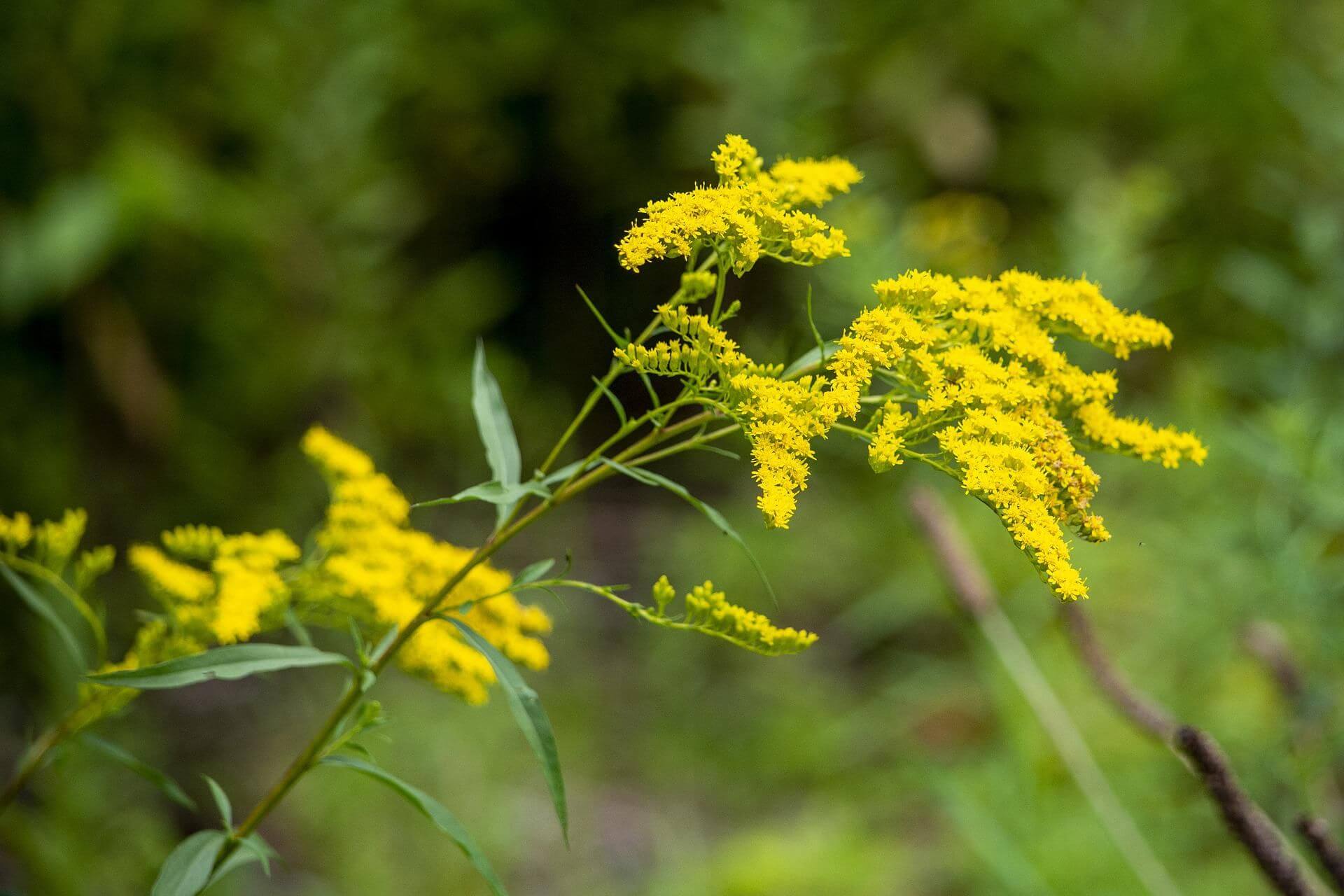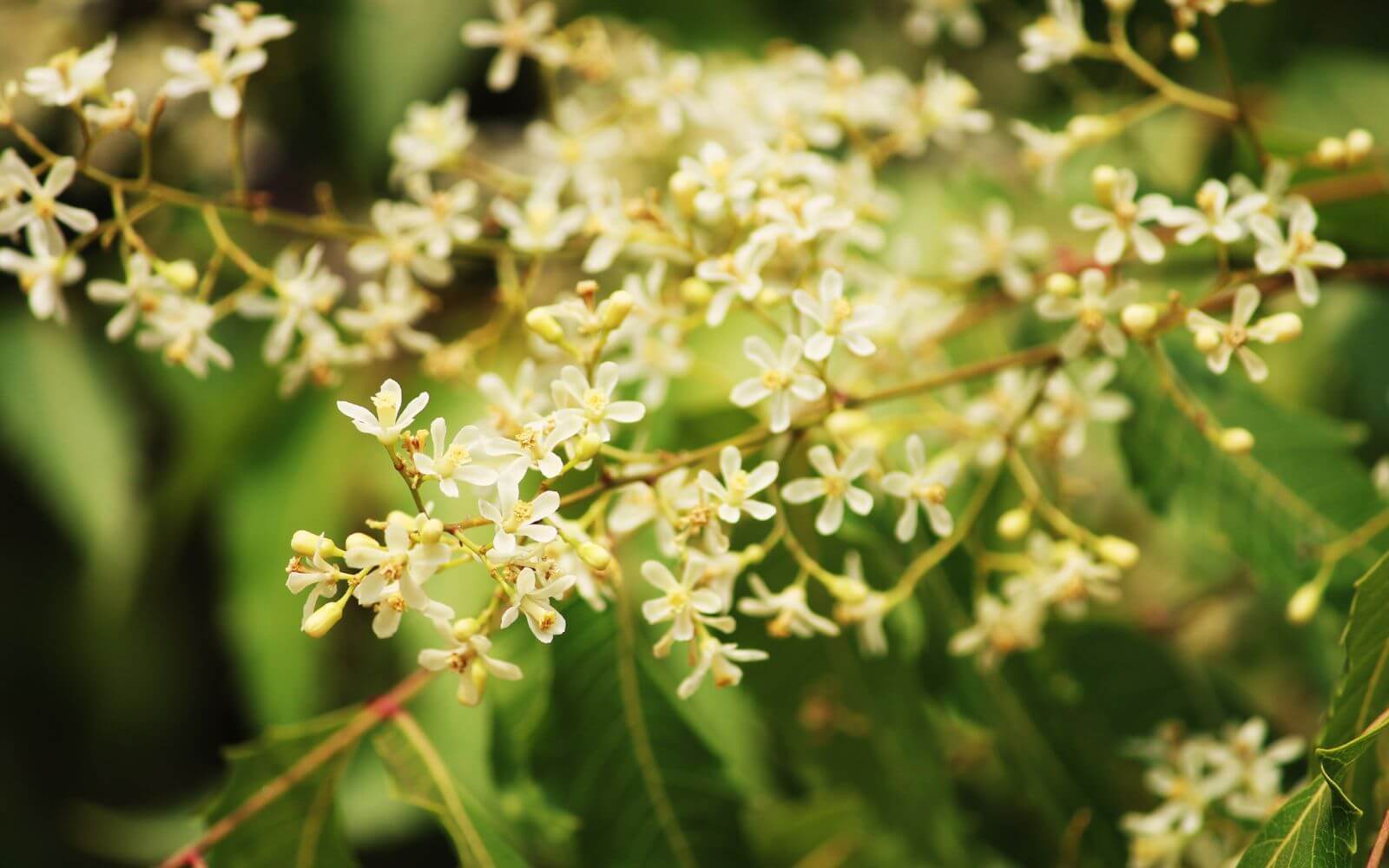
Medicinal Plant of the month August: the goldenrod
Goldenrod has been used to treat urinary tract infections for more than 700 years. The goldenrod’s Latin name, Solidago, means ‘healthy’. So it is no wonder that it is used as a medicinal plant.
Goldenrod – effective for urinary tract infections
Botanically, the goldenrod can be divided into two species:
- Goldenrod: reaches heights of up to one meter and is native to Europe
- Giant goldenrod: grows up to 2.5 meters high, originally from North America, now also found in Europe
Several studies have shown that both types of goldenrod have positive effects on urinary tract infections. But the medicinal plant also helps with rheumatic diseases and gout. Last but not least, it supports the kidneys in the detoxification process.
Main components of goldenrod
If you take a look at the ingredients of the two types, only marginal differences can be determined. The main ingredients include
- Flavonoids
- Triterpene saponins
- Essential oils
While the real goldenrod has phenolic glycosides, you won’t find them in the giant goldenrod. Phenolic glycosides are best known for their dehydrating effect.
It is interesting to know that the individual ingredients do not work alone, but rather the interaction of the ingredients is responsible for the effect. In combination, they have a draining, detoxifying, anti-inflammatory and antispasmodic effect.
The diuretic effect of goldenrod preparations is of course helpful and desirable for urinary tract infections – but you should definitely make sure to drink enough to prevent dehydration.
Goldenrod tea for cystitis
Solidago can be taken in capsule form or as a tea. In the case of bladder infections in particular, the use of tea is recommended to additionally flush out the urinary tract.





 4c media
4c media